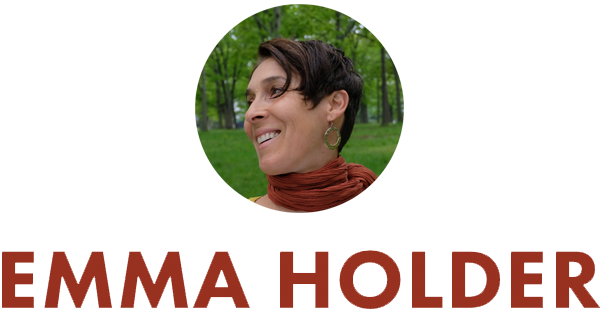Bone density for women starts to decrease in our 30′s, so if we haven’t laid a good amount of bone down by then, we are at risk for bone loss in later life. Other things that are associated with decreased bone density include genetics, menopause and decreased estrogen, lack of Calcium, Vit D, a sedentary lifestyle, exposure to certain anti-inflammatory steroids, a high salt diet, alcohol, soda and smoking. For men osteoporosis can also be a consideration. Male issues include age, steroid drugs, and hormones: there’s an age-related decrease of the small amount of estrogen men need to keep bones healthy.
Some of these things we can tackle to decrease risk of osteopenia/porosis as we age.
Firstly, diet. Calcium (Ca++) sources include canned sardines (with bones), dark green vegetables like broccoli, collard greens and bok choy, as well as tofu and calcium-fortified juices and soy milk. Colas may be associated with Ca++ loss due to possible displacement by phosphoric acid or a caffeine effect. More Ca++ in the diet, or switching to a non-cola fizzy drink neutralized the risk. Antacids are not a good source of Ca++ because a low-acid environment decreases the body’s ability to absorb it. Luckily dark green leafies also include vitamin K, also associated with good bone density. There was a question about vitamin A, but it turns out that natural sources like veggies and fruits (as opposed to pre-formed retinol) supply lots of bone-supporting Beta-Carotene. SO; VEGGIES.
Then exercise: Impact and weight bearing exercise challenge and strengthen our bones. We can challenge our bodies with low to high impact exercise (depending on your circumstance) and by weight training. Bones responded to stress by laying down new bone structure. Swimming and bike riding though great for cardiovascular training, do not challenge the bones enough to boost bone density (!! this was a bit of a wake up call for me.) Walking, running and jumping do, as does Strength Training which tugs on the muscle-bone attachments. Sometimes it’s all about the right gear – supportive clothes and the right shoes make bouncy movements more comfortable. Site- specific work applies, so to boost lower body bone density do squats or leaps. For upper body, push ups or weights are helpful. This information is inspiring me to make walking/jogging a more frequent part of my workout schedule.
As usual, it’s all coming down to eat lots of varied and fresh fruits and veggies and get lots of varied exercise.
